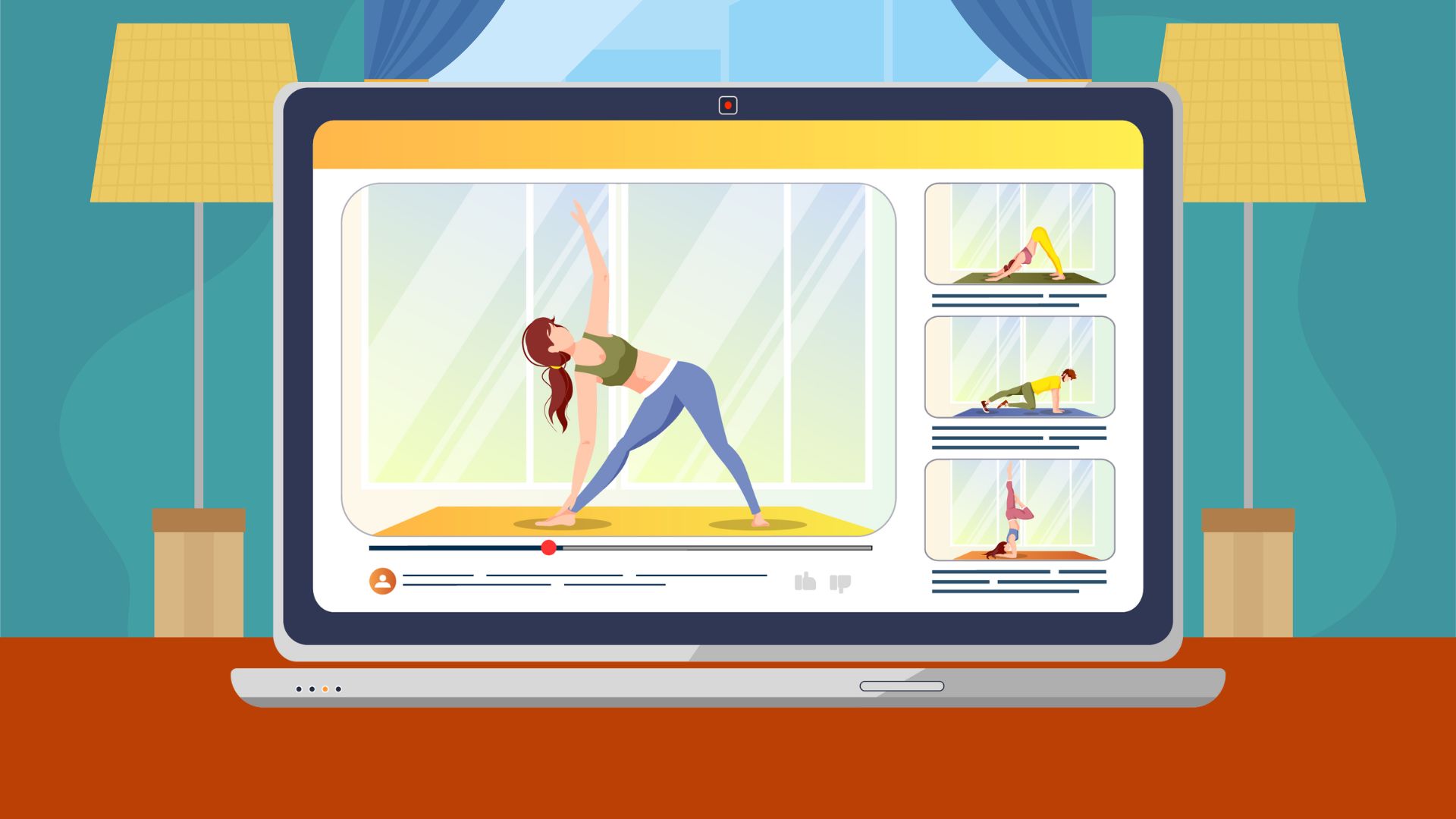If you’re a coach, your website isn’t just an online brochure. It’s your 24/7 salesperson. And in 2025, attention spans are short, competition is high, and first impressions matter more than ever. That’s why your sales page needs to convert first-time visitors into leads or paying clients.
Web.com gives you an affordable, beginner-friendly way to build that kind of page, even if you’re not tech-savvy or don’t have a designer. In this blog, I’ll show you how to use Web.com’s tools to create a high-converting sales page tailored for coaching services.
Why Web.com for Coaches?
Web.com is a solid option if you’re a coach looking for a simple, all-in-one platform to:
- Register a domain name
- Build a clean website with drag-and-drop tools
- Launch fast without technical setup
- Bundle email, hosting, and security in one place
While it may not have the advanced design flexibility of WordPress or Squarespace, Web.com is designed for simplicity. You can build a sales page in hours, not weeks.
Step 1: Set Up Your Web.com Account
Go to Web.com, choose a domain, and select the Website + Marketing plan. This bundle includes a free domain for the first year, basic hosting, and access to the website builder. Once you’ve signed up, Web.com walks you through choosing a template. Choose one under the “Professional Services” or “Coaching” category to save time.
Step 2: Structure Your Sales Page
Great sales pages have a specific flow. Here’s the structure you want to follow:
1. Headline – Call out your ideal client’s pain point or desired result.
“Get 1-on-1 Coaching That Helps You Finally Break Through Overwhelm.”
2. Subheadline – Clarify the transformation you offer in one sentence.
“In just 90 days, I’ll help you build structure, set clear goals, and stay accountable without burnout.”
3. Call to Action (CTA) – Place a button right below.
“Book Your Free Strategy Call”
4. Credibility Section – Short bio, credentials, or a trust-building video.
5. Benefits & Features – Use icons or short blurbs for things like:
-
- Personalized coaching plans
- Weekly accountability check-ins
- Support via email or text
- Proven goal-setting systems
6. Testimonials – Include 2–4 reviews from real clients with photos, if possible.
7. Pricing or Next Step – Whether you show your price or encourage a discovery call, guide visitors clearly.
8. Second CTA – End with one final chance to click and book.
Web.com’s block editor makes this easy. You just stack pre-designed content blocks in this order.
Step 3: Customize with Your Brand
Upload your logo, change the color scheme to match your brand, and select fonts that reflect your tone (clean and modern for business coaches, warm and bold for life coaches). Keep the design simple too much clutter distracts. Make your CTA buttons stand out with a bold color and a clear label like “Start Now” or “Get the Free Call”.
Step 4: Add Essential Pages and Integrations
While your sales page is the focus, you’ll also want to set up:
- About Page – Tell your personal story in 2–3 short paragraphs
- Contact Page – Include a contact form and email address
- Privacy Policy and Terms – Use free templates to stay compliant
Web.com doesn’t support advanced integrations natively, but you can:
- Link to Calendly for call booking
- Embed email opt-in forms using tools like Mailchimp
- Use the built-in email system to send follow-ups
Step 5: Optimize for Mobile and SEO
More than half of your traffic will come from mobile. So make sure your sales page:
- Loads fast
- Has clickable buttons
- Doesn’t rely on hover effects (which don’t work on phones)
For SEO, make sure you:
- Use keywords like “life coach in [city]” or “career coaching program” in your headings and meta description
- Add alt text to your images
- Use Web.com’s built-in SEO tools to update your page title and URL slug
Final Thoughts
If you’re a coach building your online presence from scratch, Web.com gives you a quick and budget-friendly way to launch a sales page that works. It’s not the most advanced tool out there, but it gets the job done, especially if you’re focused on clarity, simplicity, and taking action.
Pro tip: Don’t overthink it. Launch your page with what you have today, and refine it as you go. The goal isn’t perfection, it’s conversion.





